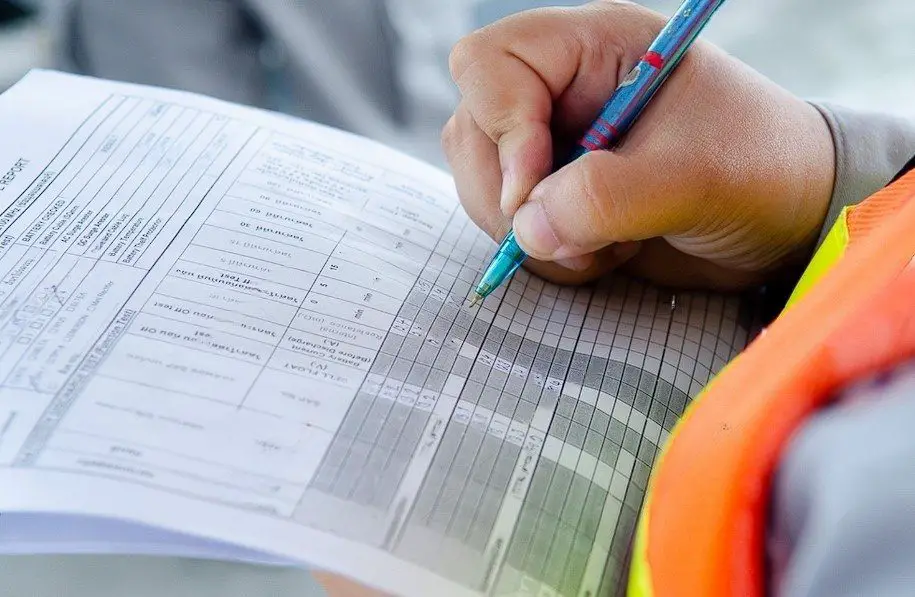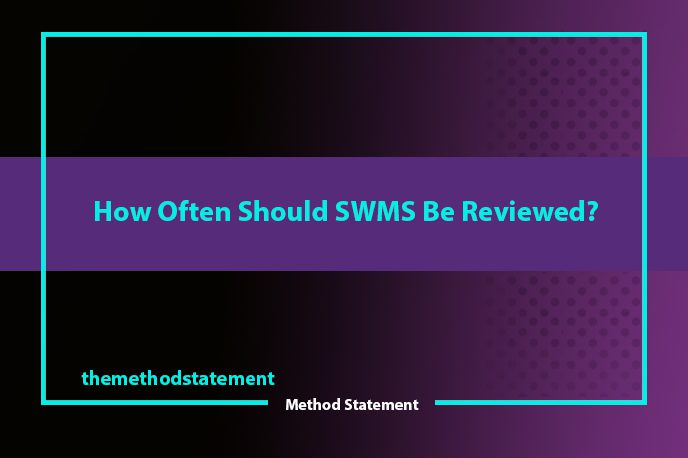Table of Contents
The SWMS covering the work must be reviewed and, if necessary, amended in the event of a notifiable incident. After then, the SWMS must be retained for at least two years after the alteration. If the construction work is completed within the two-year timeframe, the Person Conducting a Business or Undertaking (PCBU) must retain a copy of the SWMS until the time limit expires.
Following a revision, all personnel participating in the work must be informed of the changes and how to access the SWMS to ensure that they are using the most up-to-date control measures.
If no notifiable incidents or hazards are reported within six months, the SWMS should be reviewed to ensure that all safety controls remain relevant and effective.
All SWMS versions that have been used should be maintained.

What information must be included in an SWMS?
The following information is contained in an SWMS:
- Detailed job description
- The person in charge of implementing, revising, and monitoring the SWMS.
- Qualifications and training required to complete the task
- Any potential risks or hazards, as well as the amount of danger
- Personal protective equipment (PPE), signage, and identification badges are essential.
- Plant and equipment are required.
- In the event of a disaster, develop an emergency plan and a rescue process.
- Relevant Security Legislation and Data Sheets
- In the event of an accident, the current action or method
If the work is being carried out on a construction site:
- the primary contractor’s name
- the address where the high-risk construction work will be carried out,
- the date the SWMS was created, and the date it was submitted to the principal contractor
What information does not have to be included in an SWMS?
The SWMS must be easy to read so that any person who participates in the activity can read it ahead of time. As a result, you should not include:
- Legislation lists or references
- Complete quotes or parts from Australian Standards and Codes of Practice
Who Should Create and Evaluate the SWMS?
Under the Work Health and Safety Act 2011 (WHS Act), a Person Conducting Business or Undertaking (PCBU), usually the employer, has the main responsibility of care to ensure workers’ health and safety. As a result, when developing or upgrading an SWMS, any PCBU concerned should consult and collaborate with the other PCBUs.
A PCBU should also consult with officials from workplace health and safety. Finally, consult the workers who will be directly involved in the activity. They will be most affected by safety precautions and understand the work being carried out.
How Can You Tell If Your SWMS Is Compliant?
All PCBUs must ensure that high-risk construction work is completed in accordance with the SWMS. This usually entails conducting regular workplace inspections and checking in with workers and managers to ensure they understand the SWMS’s control measures.
If work is not being completed in accordance with current control measures, it must be stopped immediately and not resumed until the problem is remedied. In the event that this occurs, the SWMS should be reviewed to identify any causes for noncompliance and to ensure that the SWMS is the safest and most feasible method of performing the task.
Work shall not begin unless the principal contractor and workers understand the substance of the SWMS and are able to comply with the relevant control measures.

